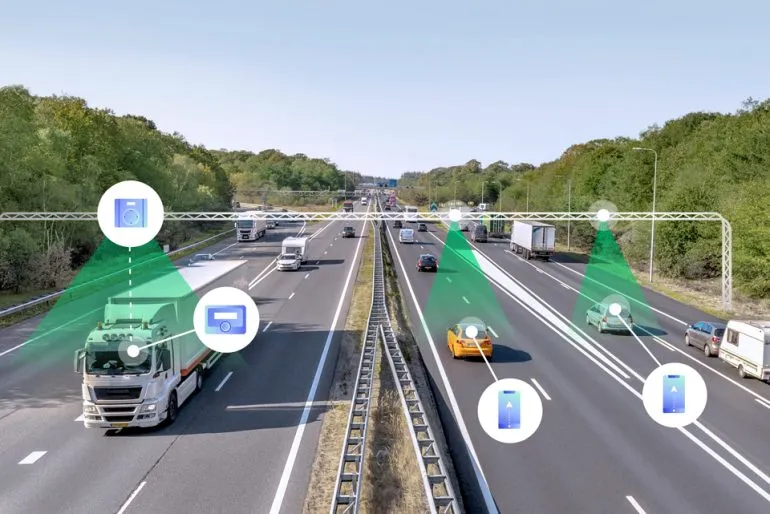Font size:
Print
India’s Growing Role in the Global AI Ecosystem
Context: India is increasingly emerging as a key player in the global artificial intelligence (AI) landscape, according to the Stanford Human-Centred AI Index 2025 report.
More on News
The report, which provides a comprehensive overview of AI developments across countries, highlights India’s rapid progress, but also points out areas where it still lags behind leading nations like the US, China, and the UK.
India’s Strengths in AI
- Open-Source AI Contributions: In 2024, India became the second-largest contributor to AI-related GitHub projects, accounting for 19.9% of global contributions. It trailed the US (23.4%) but outpaced Europe (19.5%).
- This significant contribution positions India as a growing force in the open-source AI community, which plays a vital role in global innovation.
- AI Workforce Growth: India recorded the highest year-over-year growth in AI hiring at 33.4%, followed by Brazil (30.8%) and Saudi Arabia (28.7%). From 2015 to 2024, India ranked second globally in AI skill penetration, meaning AI skills are highly concentrated among professionals in India, almost twice the global average.
- Investment in AI Infrastructure: India has made significant strides with initiatives like the IndiaAI Mission, which launched in March 2024 with a $1.25 billion budget. This mission aims to build AI infrastructure, including over 10,000 GPUs and a national non-personal data platform.
- Global tech giants are also betting on India’s AI future. Microsoft has committed to investing $3 billion to boost AI and cloud infrastructure, with plans to train 10 million people in AI by 2030.
- AI Market and Adoption: OpenAI CEO Sam Altman praised India’s rapid AI adoption, noting that India is now the second-largest AI market after the US, with a tripling of AI users in the past year.
Areas of Concern for India
- AI Research and Publications: Despite strong contributions, India accounted for just 9.2% of global AI research publications in 2023, significantly trailing China (23.2%) and Europe (15.2%). In Responsible AI (RAI) research, India’s output was also low, with only 42 publications in 2024 compared to 669 from the US and 268 from China.
- Private AI Investment: India has attracted $11.29 billion in private AI investment since 2013, far behind the US ($470.9 billion), China ($119.3 billion), and the UK ($28.2 billion).
- India also launched 74 new AI startups in 2024, which is far fewer than the 1,073 in the US or 116 in the UK.
- Generative AI investment, while growing globally, shows the disparity, with the US leading with $33.9 billion in 2024, compared to much smaller figures from China and the UK.
- Development of AI Models: While India is advancing in AI, the US remains dominant in creating top AI models, producing 40 notable models in 2024, compared to 15 from China and just 3 from Europe. China, however, is closing the performance gap on AI models, with fewer but more sophisticated offerings.
Challenges and Opportunities
- Policy and Governance: India faces challenges in areas like policy, governance, and AI infrastructure, which affects its overall score in global rankings. While the country excels in grassroots innovation and talent development, it lags in government-led policy frameworks and infrastructure development.
- AI Talent and Skills Development: India’s AI skill penetration is impressive, with a strong base of skilled professionals. However, ensuring that this talent pool can meet the growing demands of the AI industry will require sustained investment in education and training.
- International Collaboration and Investment: The rapid increase in private AI investments in countries like the US, China, and Saudi Arabia has created a more competitive environment. India will need to ramp up its own efforts in attracting private capital and fostering international collaboration to stay competitive.
Looking Ahead
- India’s AI ecosystem has seen significant growth, particularly in areas like open-source contributions, AI workforce expansion, and AI infrastructure development.
- However, challenges in research output, private investments, and the development of cutting-edge AI models indicate that India still has a long way to go to catch up with global leaders like the US and China.
- Key actions that could help India expand its global AI presence include:
- Increasing public and private investment in AI infrastructure and research.
- Fostering collaborations between tech companies, universities, and government bodies to boost AI innovation.
- Developing a stronger policy framework to support AI ethics, governance, and regulation.
- Continuing to invest in AI education and skills development to maintain India’s talent edge.


